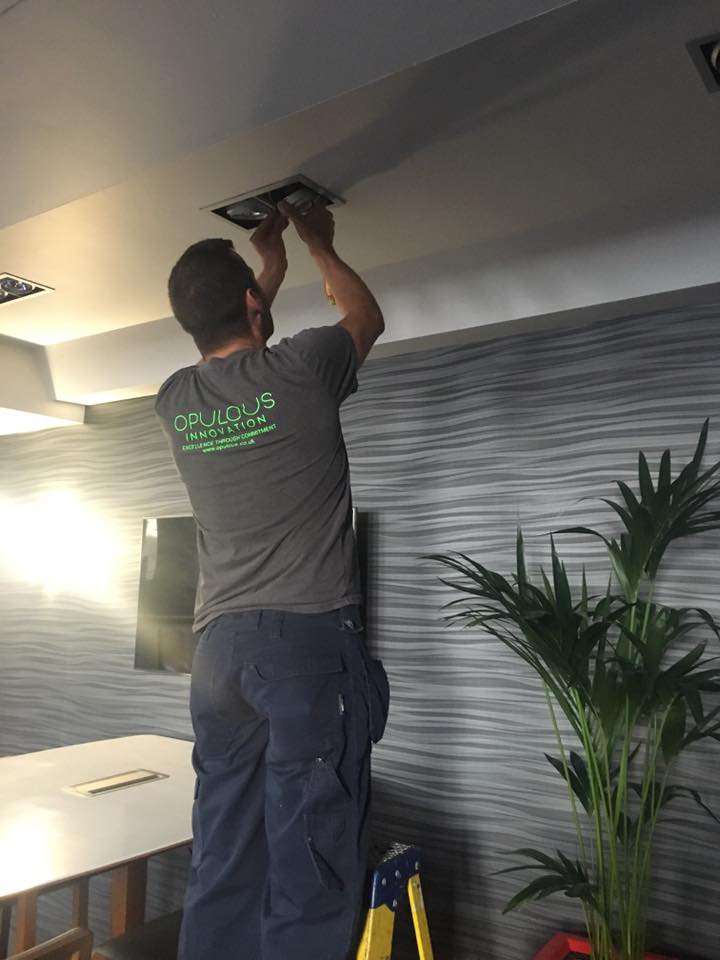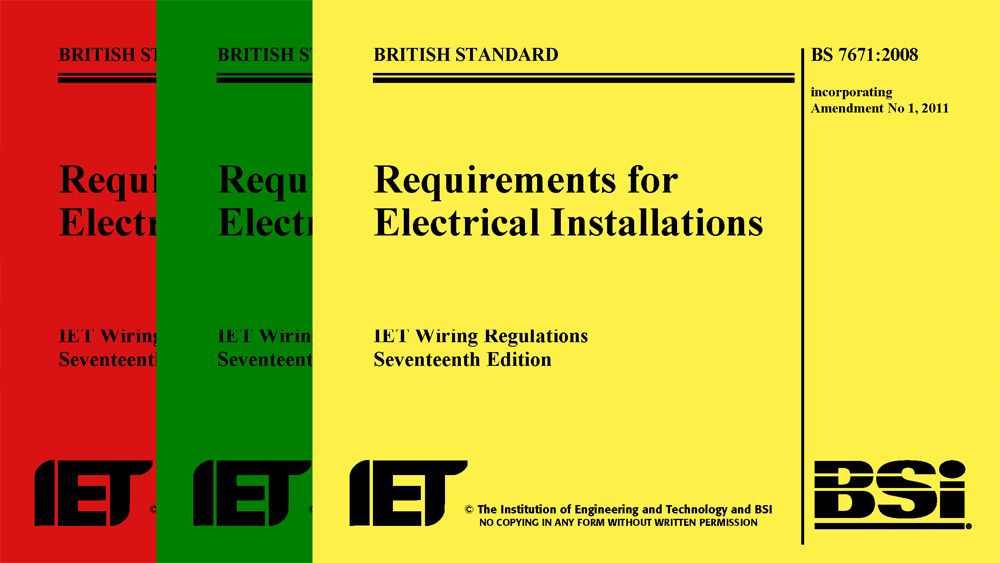Air pollution is one of the world’s biggest killers resulting in nearly 7 million deaths a year, just behind cancer. With more than 9,000 of these deaths in London, the city is committed to becoming carbon free by 2050, a bold goal!
Since the Great Smog of 1952, London has been on a mission to reduce air pollution to avoid thousands of preventable deaths and further “pea soupers”. In the aftermath of the smog an estimated 12,000 people died as the particles penetrated indoors and reduced visibility. The Clean Air Act 1956 was introduced to reduce air pollution as a direct result of the events in 1952 and was an important milestone in the development of a legal framework to protect the environment. The law introduced smoke control areas in some towns and cities in which only smokeless fuels could be used. Financial incentives were used to persuade homeowners to use cleaner coals, electricity and gas as alternative heat sources, reducing the amount of smoke pollution and sulphur dioxide from household fires. This act also required power stations to be situated away from cities into more uninhabited locations.
The introduction and major roll out of central heating means that houses are no longer the largest source of air pollution. Their successor is transportation producing four major pollutants.
- A car emits carbon monoxide when the carbon in fuel doesn’t burn completely.
- A car’s exhaust emits hydrocarbons, a toxic compound of hydrogen and carbon.
- When fuel burns, nitrogen and oxygen react with each other and form nitrogen oxides(NOx).
- Particulate matter – small particles of foreign substances – in the air contribute to atmospheric haze and can damage people’s lungs.
With 21,000 black cabs in London, it’s no wonder that TFL is encouraging taxi drivers to switch to a greener alternative. Believe it or not, electric taxis were a common sight on the streets of London between 1896 and 1899 before the introduction of the internal combustion engines. 80 cabs were built and operated by the London Electric Cab Co. and each cab could cover 40miles on one charge at a speed of 9mph.
In 2016 Geely secured $400 million dollars to build a new manufacturing plant in Coventry to produce 36,000 of the new LEVC TX electric hybrid hackney carriage a year. The LEVC TX drives in full electric mode with a range of 80 miles, but can be recharged by either the petrol engine or plugged into a charger. The charger connectors located either side of the famous radiator grille are capable of 50kW DC or 22Kw AC, with an optional CHAdeMO connector. New rules introduced by the Transport for London in 2018 state that only zero emission vehicles were allowed to join the city’s fleet. As of Feb 2018 this was the only taxi that met these standards, making them a popular choice for new drivers.
This future-proof transportation is exempt from potential costs such as ULEZ and rising diesel costs. It is estimated that on average electric taxi drivers will save £110 per week in fuel costs and many will be able to recharge their battery for free to help against electricity costs. When you’re next in London keep your eyes peeled for these silent taxis.


 Websites like
Websites like  For those that are still yet to receive their smart meters, this clever device gives a simplistic view into your home’s energy habits. You can view your live energy usage view a speedometer-like display to help you keep track of costs. This self-install device uses a CT clip or LED reader to transmit the data wirelessly to your device.
For those that are still yet to receive their smart meters, this clever device gives a simplistic view into your home’s energy habits. You can view your live energy usage view a speedometer-like display to help you keep track of costs. This self-install device uses a CT clip or LED reader to transmit the data wirelessly to your device. This sleek thermostat will help slash your heating bills and boost your
This sleek thermostat will help slash your heating bills and boost your  Smart plugs are a great way to connect your home electronics with your Wifi network, giving you full control to turn the device on and off from your phone. For those of you that already have Alexa,
Smart plugs are a great way to connect your home electronics with your Wifi network, giving you full control to turn the device on and off from your phone. For those of you that already have Alexa,  Never come home to a dark house with Philips Hue. Automate your lighting experience and control your lighting from home or away with this amazing device. You can connect up to 50 lights to a Hue bridge and with up to 12 accessories such as switches and dimmers to choose from choosing your configuration can be ever-changing. Also compatible with voice controls systems like Amazon’s Alexa, Google Home and Apple’s Homekit you’ll never need to get out of bed to turn a light off again.
Never come home to a dark house with Philips Hue. Automate your lighting experience and control your lighting from home or away with this amazing device. You can connect up to 50 lights to a Hue bridge and with up to 12 accessories such as switches and dimmers to choose from choosing your configuration can be ever-changing. Also compatible with voice controls systems like Amazon’s Alexa, Google Home and Apple’s Homekit you’ll never need to get out of bed to turn a light off again. Now we may not be plumbers, but we still think that this is a good idea especially for older houses. Instead of controlling your house’s temperature in one zone, this device gives you the capability to control each individual radiator individually. These battery-powered valves can control the time and temperature of each associated radiator via the Wiser Heat app or via your Amazon Echo. The internal batteries have a two year battery life and include open window detection to prevent heat from being wasted.
Now we may not be plumbers, but we still think that this is a good idea especially for older houses. Instead of controlling your house’s temperature in one zone, this device gives you the capability to control each individual radiator individually. These battery-powered valves can control the time and temperature of each associated radiator via the Wiser Heat app or via your Amazon Echo. The internal batteries have a two year battery life and include open window detection to prevent heat from being wasted.






 If you currently have CCTV installed into your work place
If you currently have CCTV installed into your work place 